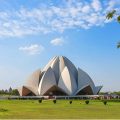Introduction
In this blog we’ll talk about Ashtavinayak Tour From Pune, The Ashtavinayak temples hold immense importance and significance in Hindu mythology and are a significant pilgrimage for devotees of Lord Ganesha. The word “Ashtavinayak” translates to “eight Ganeshas,” and these temples are dedicated to eight different forms of Lord Ganesha. Each temple has its unique legend, history, and blessings associated with it, making the Ashtavinayak tour an enriching and spiritually fulfilling experience.
The significance of the Ashtavinayak temples goes beyond religious beliefs. These temples are a testament to the rich cultural heritage of Maharashtra and showcase the architectural brilliance of the bygone era. The intricate carvings, grand entrances, and serene ambiance of each temple leave an indelible impression on the visitors.
Embarking on the Ashtavinayak tour from Pune not only allows devotees to seek the blessings of Lord Ganesha but also provides an opportunity to explore the historical and cultural aspects of Maharashtra. It is a journey that offers spiritual rejuvenation, a deeper connection with the divine, and a chance to delve into the fascinating stories associated with each temple.
The route and itinerary for the Ashtavinayak tour
The Ashtavinayak tour follows a well-defined route, ensuring that devotees can visit all eight temples conveniently. The tour typically begins from Pune, which serves as the starting point for most pilgrims. From Pune, the first temple on the itinerary is Morgaon, home to the Moreshwar Temple.
Ashtavinayak Tour From Pune, After seeking blessings at the Moreshwar Temple, the journey continues to Siddhatek, where the Siddhivinayak Temple awaits. From Siddhatek, the next stop is Pali, where the Ballaleshwar Temple is located. The fourth temple, Varad Vinayak Temple, is situated in Mahad. The tour then takes you to Theur, home to the Chintamani Temple, and Lenyadri, where the Girijatmaj Temple is nestled.
The penultimate temple on the tour is Ozar, where the Vighnahar Temple stands tall. Finally, the tour concludes at Ranjangaon, where the majestic Mahaganapati Temple is located.
Guide to visiting each of the eight Ganesh temples
Moreshwar Temple, Morgaon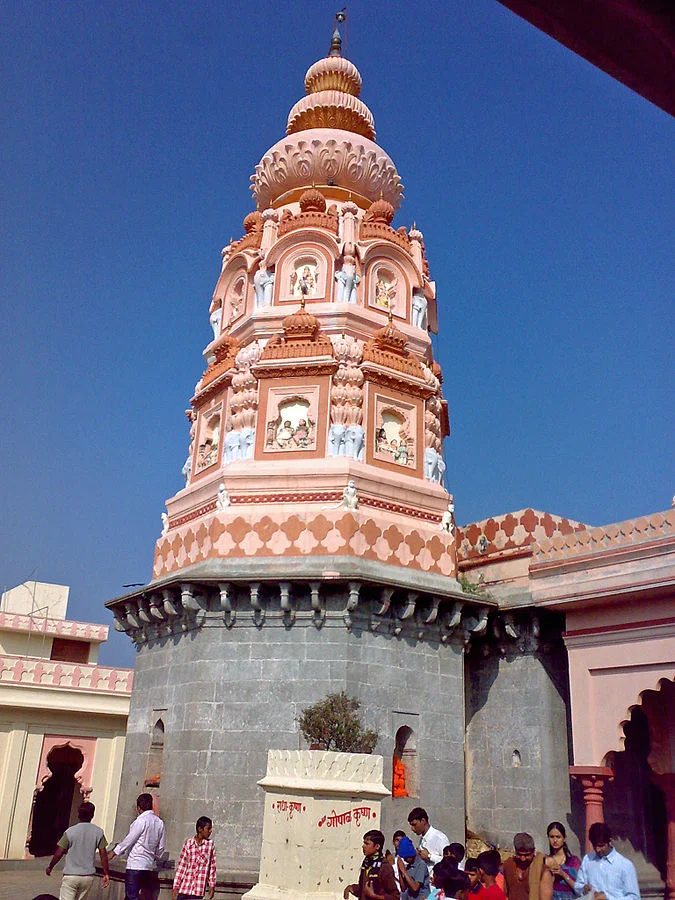
The Moreshwar Temple is the first stop on the Ashtavinayak tour. It is believed to be the starting point of the pilgrimage and is dedicated to Lord Ganesha as the remover of obstacles. The temple’s architecture showcases the influence of the Yadava dynasty, with intricate carvings and a majestic entrance. Devotees can offer prayers and seek blessings from Lord Ganesha at this temple.
Siddhivinayak Temple, Siddhatek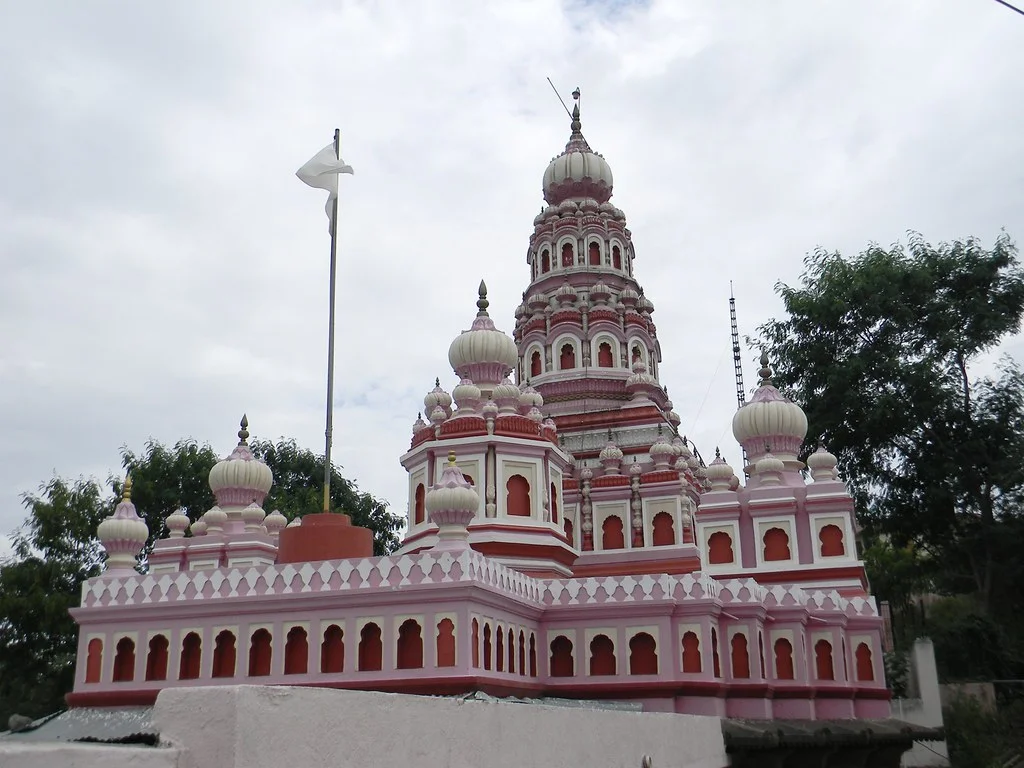
Ashtavinayak Tour From Pune, Located in the tranquil town of Siddhatek, the Siddhivinayak Temple is known for its serene surroundings and spiritual ambiance. It is believed that Lord Vishnu performed penance at this spot, making it a sacred place for devotees. The temple’s architecture reflects the Hemadpanti style, with a beautifully crafted idol of Lord Ganesha. Devotees often visit this temple to seek success, knowledge, and prosperity.
Ballaleshwar Temple, Pali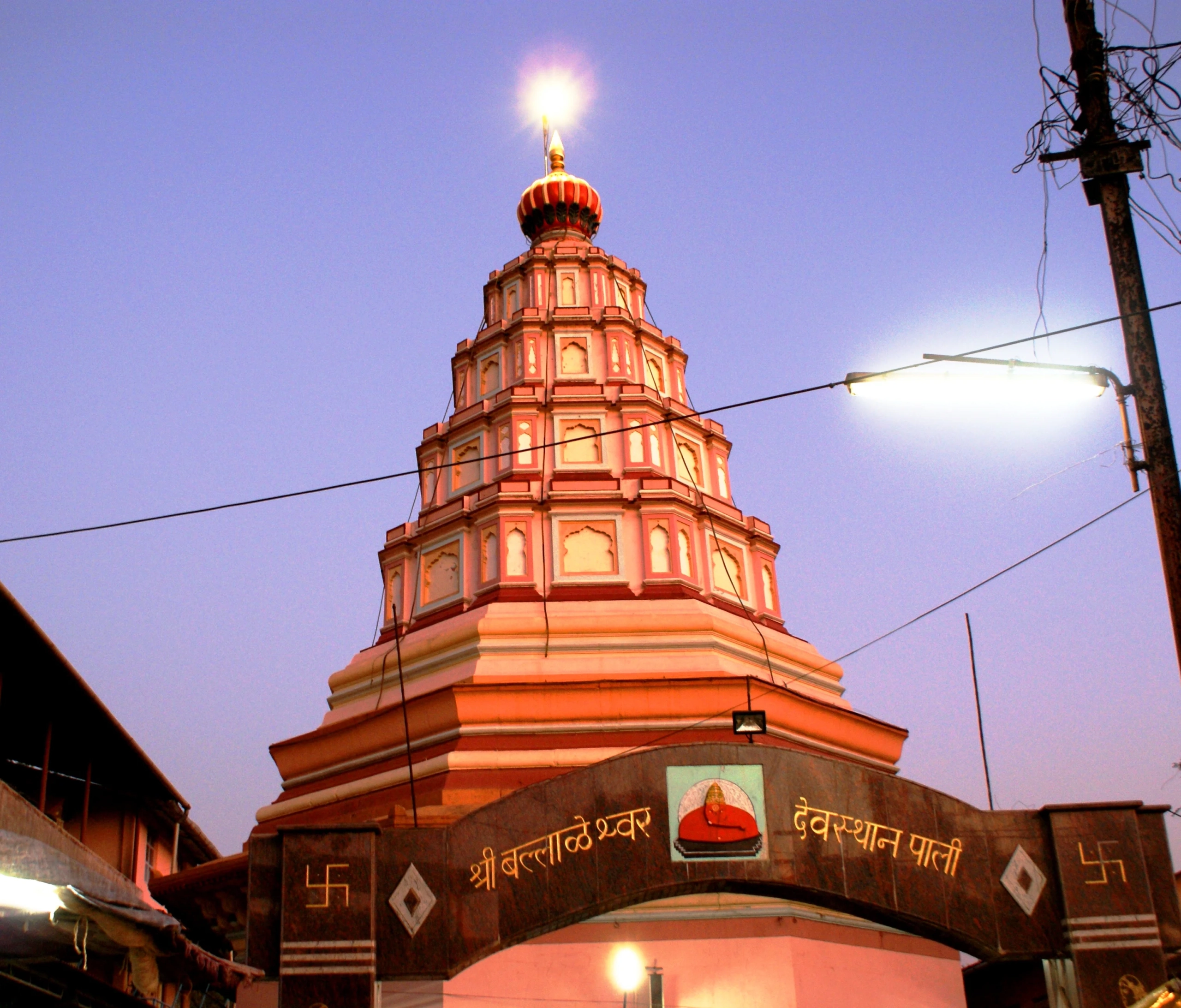
The Ballaleshwar Temple in Pali is dedicated to Lord Ganesha as Ballal, a young devotee who was blessed by the deity. The temple’s architecture is a blend of Maratha and Mughal styles, with intricate carvings and a majestic entrance. Devotees flock to this temple to seek blessings for fulfillment of their wishes and to overcome obstacles in their lives.
Varad Vinayak Temple, Mahad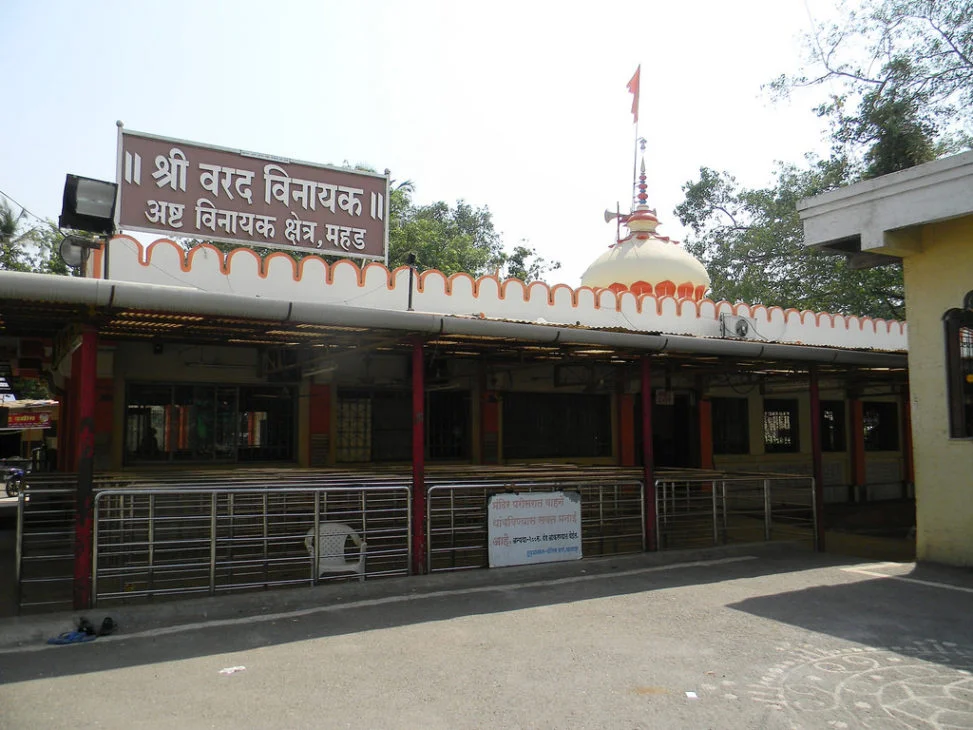
The Varad Vinayak Temple is located in Mahad and is one of the most popular temples among devotees. It is believed that Lord Ganesha fulfills the desires of all those who visit this temple with a pure heart. The temple’s architecture showcases the influence of the Peshwa dynasty, with a beautifully carved idol of Lord Ganesha. Devotees offer prayers and perform rituals to seek prosperity and happiness.
Chintamani Temple, Theur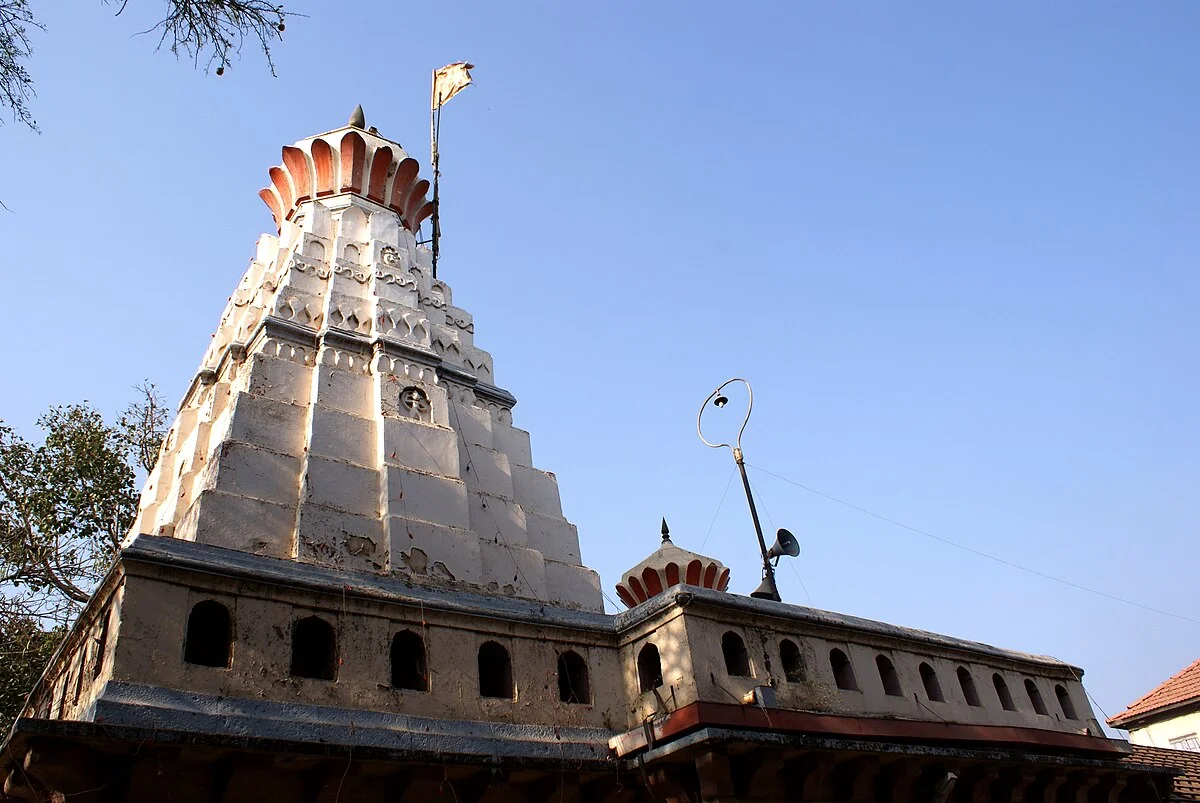
The Chintamani Temple in Theur is dedicated to Lord Ganesha as the remover of worries and anxieties. The temple is known for its peaceful ambiance and architectural beauty. Ashtavinayak Tour From Pune Devotees visit this temple to seek mental peace, wisdom, and success. The idol of Lord Ganesha at this temple is believed to be self-manifested, adding to its spiritual significance.
Girijatmaj Temple, Lenyadri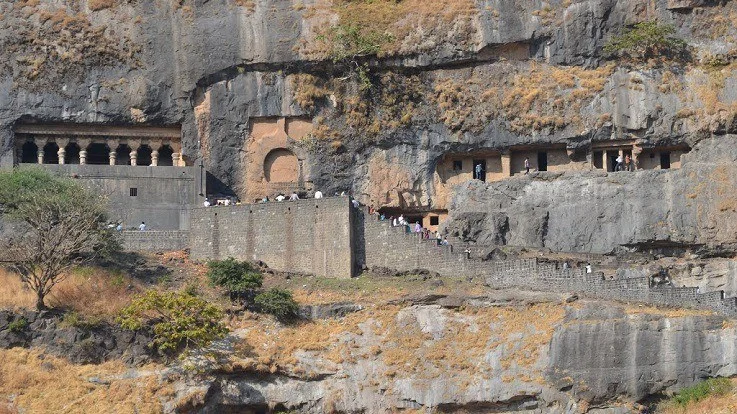
Nestled amidst the picturesque hills of Lenyadri, the Girijatmaj Temple is a unique cave temple dedicated to Lord Ganesha. Devotees have to climb 283 steps to reach the temple, adding an element of adventure to the pilgrimage. The temple’s architecture is simple yet awe-inspiring, with the idol of Lord Ganesha placed inside a cave. This temple is believed to be the abode of Goddess Parvati, the mother of Lord Ganesha. Devotees visit this temple to seek blessings for fertility, childbirth, and overall well-being.
Vighnahar Temple, Ozar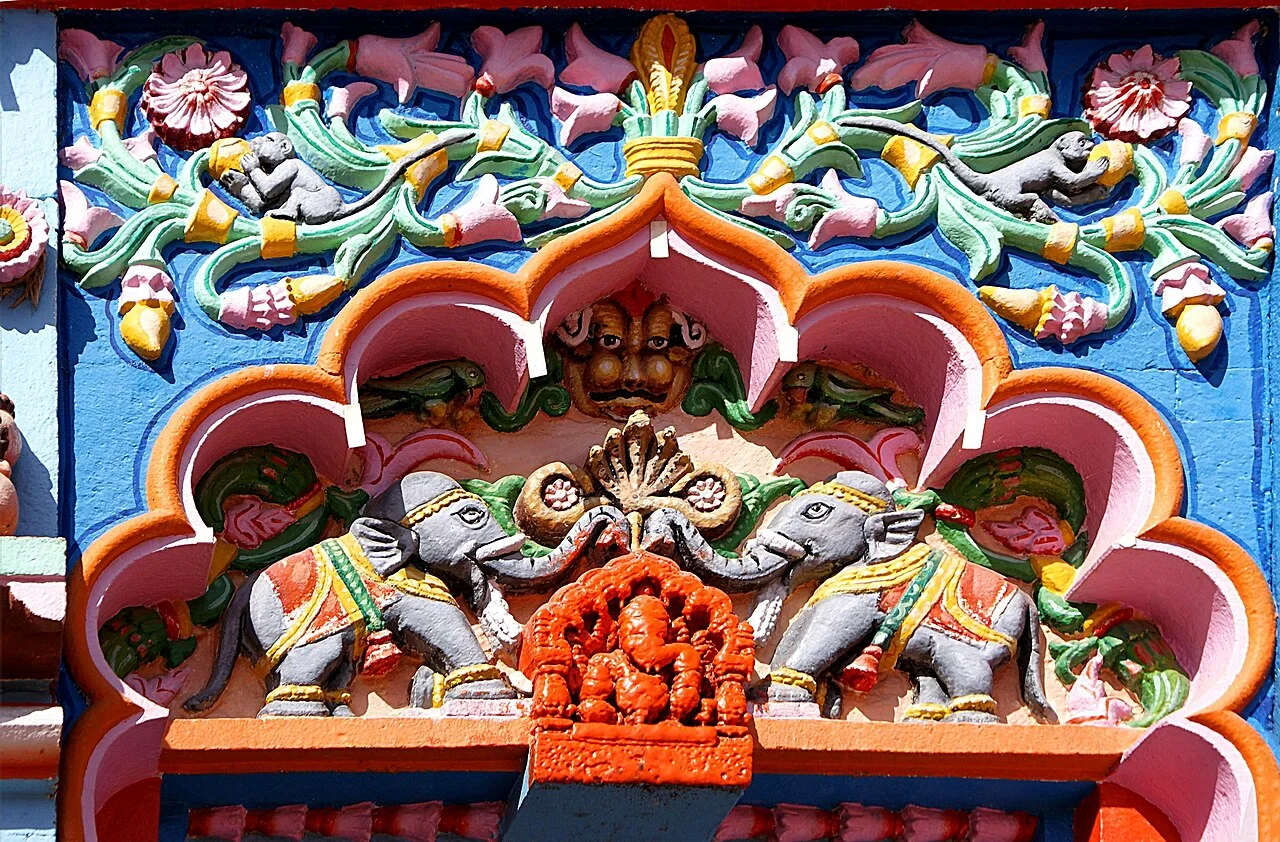
The Vighnahar Temple in Ozar is known for its idyllic setting and serene ambiance. It is believed that Lord Ganesha resides at this temple to remove all obstacles and grant success to his devotees. The temple’s architecture showcases the influence of the Maratha dynasty, with intricately carved pillars and a beautifully adorned idol of Lord Ganesha. Devotees visit this temple to seek blessings for a smooth and prosperous life.
Mahaganapati Temple, Ranjangaon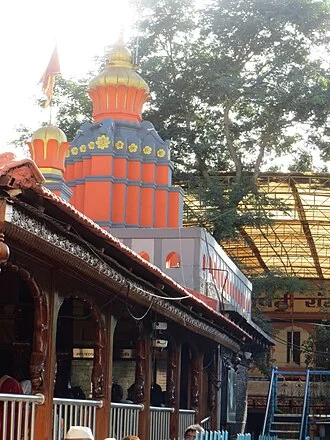
The Mahaganapati Temple in Ranjangaon is the final stop on the Ashtavinayak tour. It is believed that Lord Shiva worshiped Lord Ganesha at this spot, making it a revered place for devotees. The temple’s architecture reflects a blend of Nagara and Hemadpanti styles, with a grand entrance and a beautifully crafted idol of Lord Ganesha. Devotees visit this temple to seek blessings for wisdom, knowledge, and overall well-being.
Tips for a successful Ashtavinayak tour from Pune
Plan your itinerary: Before embarking on the Ashtavinayak tour, it is essential to plan your itinerary meticulously. Research the temple timings, the distance between each temple, and the best routes to follow. Having a well-planned itinerary will ensure a smooth and hassle-free pilgrimage.
Start early: To make the most of your Ashtavinayak tour, start your day early. The temples usually open early in the morning, and visiting them during the early hours allows you to avoid crowds and experience the serenity of each temple.
Dress appropriately: While visiting the Ashtavinayak temples, it is important to dress modestly and respectfully. Avoid wearing revealing or inappropriate clothing and ensure that your attire is suitable for a religious place.
Carry essentials: Carry essential items such as water bottles, snacks, and any medications you may need during the tour. It is also advisable to carry an umbrella or a hat to protect yourself from the sun.
Follow customs and traditions: Each Ashtavinayak temple has its customs and traditions that devotees are expected to follow. Familiarize yourself with these customs beforehand to ensure that you respect the sanctity of each temple.
Engage with locals: Interacting with locals can add a unique dimension to your Ashtavinayak tour. They can provide valuable insights, recommend local delicacies, and share interesting stories associated with the temples.
Capture memories: Don’t forget to capture the memories of your Ashtavinayak tour. Take photographs of the temples, the landscapes, and the cultural aspects to cherish the experience in the years to come.
Embrace the spiritual journey: The Ashtavinayak tour is not just about visiting the temples; it is a spiritual journey that allows you to connect with the divine. Embrace the serenity, meditate, and immerse yourself in the spiritual atmosphere of each temple.
By following these tips, you can ensure a successful and fulfilling Ashtavinayak tour from Pune, immersing yourself in the divine aura of these ancient temples and experiencing serenity and spiritual rejuvenation like never before.
Accommodation and transportation options for the tour
Accommodation and transportation play a crucial role in ensuring a comfortable and convenient Ashtavinayak tour. Here are some options to consider:
Accommodation: 1. Hotels: There are several hotels and lodges available near each Ashtavinayak temple, offering a range of budget and luxury options. These hotels provide comfortable accommodation with essential amenities.
2. Guesthouses: Some temples also have guesthouses or dharamshalas where devotees can stay at nominal charges. These guesthouses offer a simple yet comfortable stay and are a good option for those on a budget.
3. Home stays: Another option is to opt for home stays, where you can experience the local culture and hospitality. Many locals offer rooms in their homes for tourists, providing a unique and personalized experience.
Transportation
1. Private vehicles: The most convenient way to explore the Ashtavinayak temples is by hiring a private vehicle. You can either rent a car or hire a taxi from Pune, which allows you to visit the temples at your own pace and convenience.
2. Public transport: If you prefer public transport, buses and shared taxis are available from Pune to the towns near each temple. However, this option may require some planning and may not offer as much flexibility as a private vehicle.
3. Guided tours: Another option is to join a guided tour that takes care of both accommodation and transportation. These tours provide a hassle-free experience, with an itinerary that covers all the temples and knowledgeable guides to enhance your pilgrimage.
Local customs and traditions at the Ashtavinayak temples
The Ashtavinayak temples have their unique customs and traditions that devotees are expected to follow. Here are some customs and traditions commonly observed at the Ashtavinayak temples:
Prayer and offerings: Devotees are expected to offer prayers and seek blessings at each temple. It is customary to carry flowers, coconuts, sweets, and other traditional offerings to present to the deity. The priests at the temples perform rituals and offer prasad (blessed food) to the devotees.
Circumambulation: Circumambulation, also known as pradakshina, is a common practice at the Ashtavinayak temples. Devotees walk clockwise around the sanctum sanctorum of the temple, showing reverence to the deity. It is believed that circumambulation brings good luck and fulfills desires.
Abhishekam: Abhishekam is a ritual where the idol of Lord Ganesha is bathed with various sacred substances like water, milk, honey, and sandalwood paste. Devotees can participate in this ritual by pouring water or other offerings on the idol, symbolizing purification and devotion.
Tying of threads: Devotees often tie threads or sacred threads (raksha) around their wrists or on temple pillars as a sign of protection and fulfillment of their wishes. These threads are considered sacred and are believed to bring good luck.
Observance of fasting: Many devotees observe fasting during their Ashtavinayak tour as a mark of devotion and purity. Fasting may involve abstaining from certain foods or eating only simple vegetarian meals. It is advisable to consult with a priest or follow the local customs regarding fasting.
Silence and meditation: The Ashtavinayak temples provide an ideal environment for silence, introspection, and meditation. Devotees often spend time in quiet contemplation, seeking inner peace and spiritual solace.
It is important to be respectful and mindful of the customs and traditions observed at each temple. Seek guidance from priests or locals if you have any doubts or questions regarding the rituals or practices at the Ashtavinayak temples.
Famous festivals and celebrations at the Ashtavinayak temples
The Ashtavinayak temples come alive with festivities and celebrations during various festivals. These festivals offer a unique opportunity to witness the vibrant culture and traditions of Maharashtra. Here are some of the famous festivals celebrated at the Ashtavinayak temples:
Ganesh Chaturthi: Ganesh Chaturthi is the most significant festival celebrated at all the Ashtavinayak temples. It marks the birth anniversary of Lord Ganesha and is celebrated with great enthusiasm and devotion. The temples are adorned with flowers, lights, and decorations, and devotees throng in large numbers to seek blessings and participate in the festivities.
Maghi Chaturthi: Maghi Chaturthi is another important festival celebrated at the Ashtavinayak temples. It falls on the fourth day of the Magh month (January-February) and is considered auspicious for worshiping Lord Ganesha. Devotees participate in special rituals, offer prayers, and seek blessings for prosperity and happiness.
Ganesh Jayanti: Ganesh Jayanti, also known as Vinayaka Chaturthi, is celebrated on the fourth day of the Hindu month of Bhadrapada (August-September). It commemorates the birth of Lord Ganesha. If you are looking for more places for your trip? Contact us
Conclusion
In conclusion, the Ashtavinayak Tour from Pune is not just a journey of physical exploration but also a spiritual odyssey that allows one to delve deep into the rich cultural heritage of Maharashtra. Visiting the eight ancient temples dedicated to Lord Ganesha is offered a profound sense of connection to the divine and a chance to seek blessings for prosperity, success, and inner peace. The scenic routes, lush landscapes, and historical significance of each temple are added layers of fascination to the pilgrimage experience.
